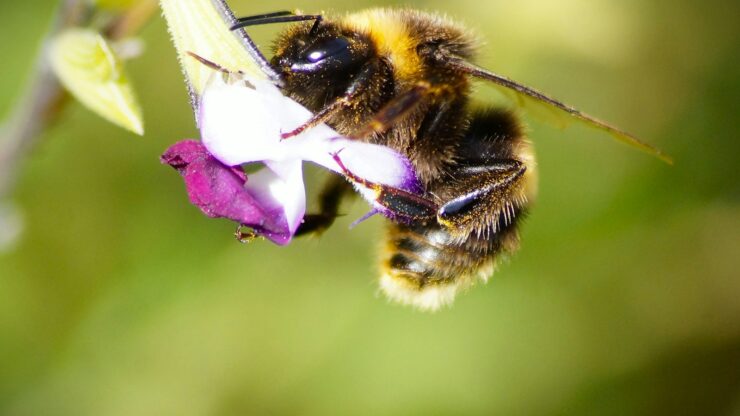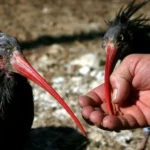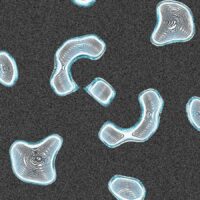Scientists Alarmed by Bumblebee Behavior
Scientists are alarmed by the behavior of bumblebee queens. They prefer overwintering in pesticide-polluted soils, a discovery that challenges previous knowledge of bee behavior and raises concerns about their future role as pollinators.
Experiment: Study
Published in Science of The Total Environment, the research by ecologists Sabrina Rondeau and Nigel Raine from the University of Ottawa and the University of Guelph sought to determine whether bumblebee queens could detect and avoid pesticide-contaminated soil. In this experiment, newly-emerged common eastern bumblebee queens (Bombus impatiens) were placed in a mesh-netted hoop house with various soil options.
Experimental Design
The experiment involved the use of five pesticides: boscalid, chlorantraniliprole, clothianidin, cyantraniliprole, and difenoconazole. Exposure levels were set below and above typical farm and orchard levels in Southern Ontario. Queens had access to a 6×6 grid of 36 crates, containing both pesticide-laced and pesticide-free soils.
After five weeks, researchers excavated the soil to determine where the queens had chosen to overwinter. Surprisingly, the bumblebee queens overwhelmingly chose the contaminated soils, where they absorbed pesticides, over the clean soils.
Key Findings
Overwhelming Preference for Contaminated Soil: Queens preferred pesticide-contaminated soil 1.3 to 2.4 times more than clean soil, with no preference for pesticide-free options, even in high concentrations of pesticides. This dangerous behavioral cycle poses significant health risks to the bees. For a detailed understanding of the ecological impacts, you can read more here.
Survival Implications
Pesticides are known to cause numerous harmful effects on bees. Exposed queens often face higher mortality rates, delayed colony establishment, and smaller offspring. These findings highlight the potential threat to bumblebee populations. The economic implications of bee decline are also concerning, as detailed here.
Knowing Hibernation of Bumblebees
Bumblebee queens hibernate alone every year as part of their life cycle. This cycle is crucial, not only for the queens themselves but also for the colonies they will establish. Queens reproduce in late summer, then dig into the ground to escape the cold, relying on their fat reserves to survive until spring when they emerge to form new colonies.
This solitary state has been largely overlooked by bee researchers, who have historically focused on the social behavior of active colonies. As Dr. Woodard notes, queens spend much of the year living as “hermits.” More about honeybees in winter can be found here.
Why Pesticide-Contaminated Soil?
The reason why queens prefer pesticide-contaminated soil remains unclear. One theory suggests that the pesticides might kill harmful fungi and parasites that could threaten the queens during their hibernation. However, the immediate dangers of pesticide exposure cannot be ignored. For further insights into how pesticides affect bee populations, see this source.
Broader Implications for Bumblebees
Even more concerning is that queens’ preference for contaminated soil exacerbates the ongoing pesticide problem in agriculture. This not only threatens the bumblebee population but also poses a risk to the entire environment, as bees are vital to biodiversity and pollination. For information on pesticide regulations, visit this link.
As Dr. Raine explains, current pesticide risk assessments are honeybee-biased and often overlook bumblebees, which make up more than 65% of bee species globally and typically nest in soil. Understanding the nesting habits of various bee species is essential for effective conservation efforts. More on the significance of bees can be found here.
Future Research Directions
Dr. Rondeau is investigating the effects of pesticide exposure on bumblebee queens when combined with warmer winter temperatures, a consequence of climate change. Future studies will focus on understanding the long-term impact of pesticide exposure during hibernation and its effects on queens’ survival and foraging activity during spring colony establishment.
Understanding this odd behavior is critical to addressing the risks posed to queen survival and, consequently, the well-being of ecosystems. Bumblebees are essential pollinators, and their decline raises concerns about food security and ecological balance.
Implications for Conservation and Pesticide Regulation
This study underscores the need for policy changes in pesticide regulation, particularly in agricultural environments where bumblebees are at risk. Providing pesticide-free overwintering sites for queens is vital. Promoting organic farming, establishing pesticide-free areas around farmlands, and restoring natural habitats could offer safe nesting sites for bumblebees.
Methodological Insights
The research simulated natural conditions using controlled variables, allowing researchers to observe queen behavior in a realistic setting. Key aspects of the methodology included:
- Diverse Pesticide Selection: The study tested five pesticides commonly used in agriculture, ensuring relevant and applicable results.
- Realistic Exposure Levels: Pesticide concentrations mirrored those found in agricultural settings, enhancing the study’s ecological validity.
- Behavioral Observation: The use of mesh-netted hoop houses allowed for close observation of queen behavior without external interference.
The alarming preference of bumblebee queens for pesticide-polluted soils challenges our understanding of their behavior and survival strategies. As we face a global bee crisis, addressing the impacts of pesticides on these vital pollinators is more crucial than ever.

















